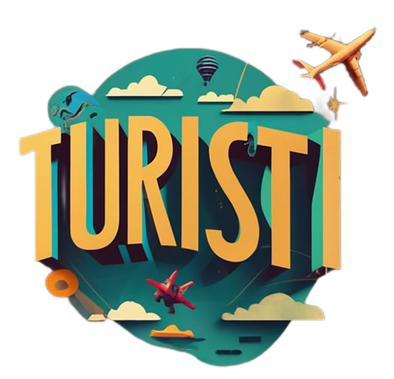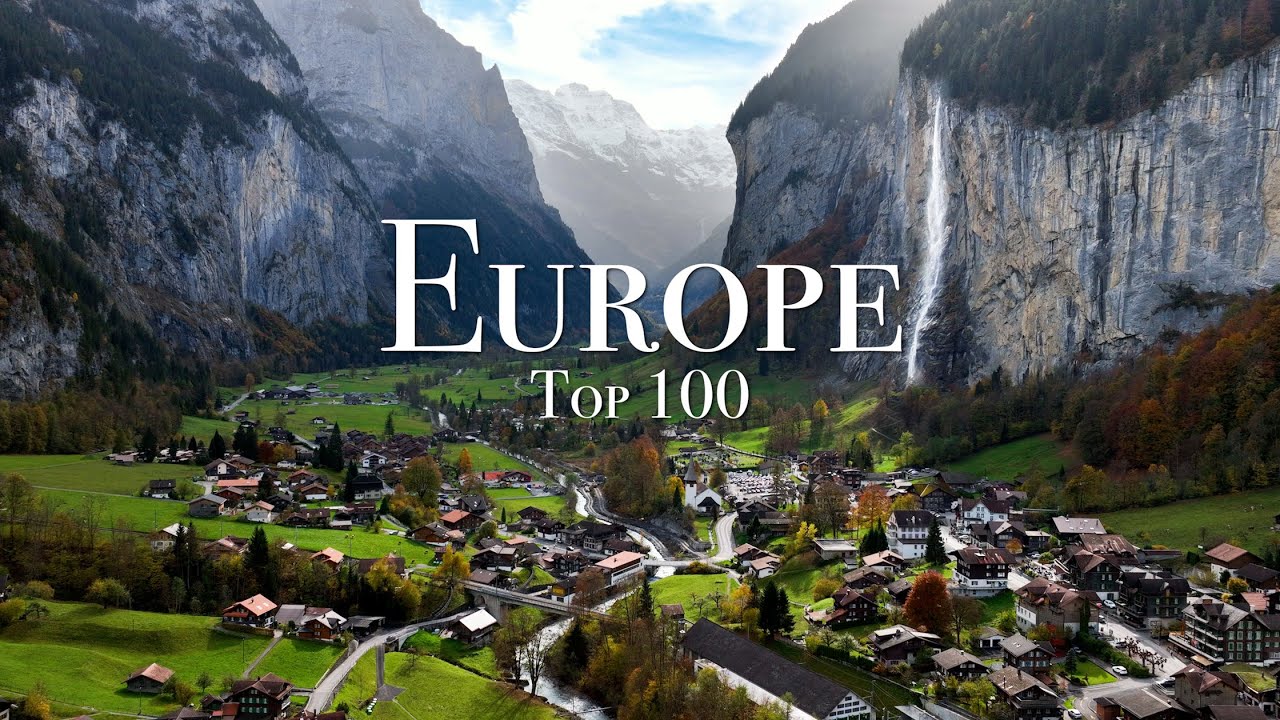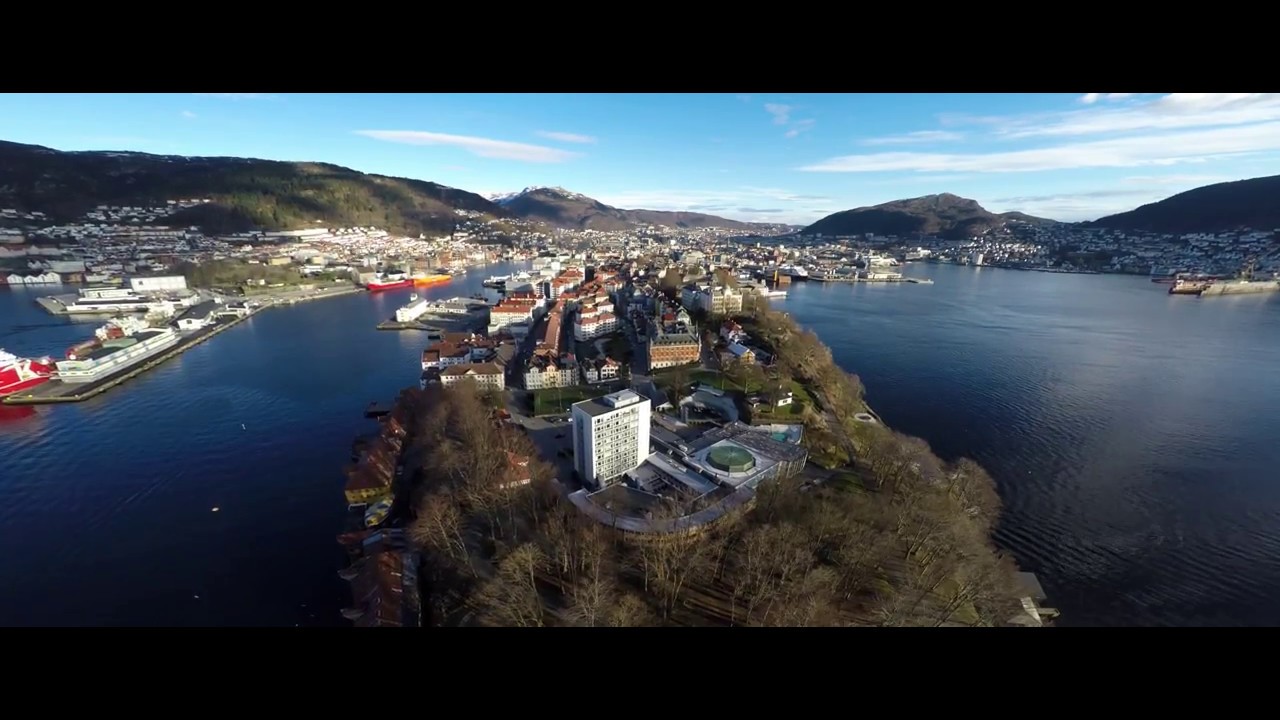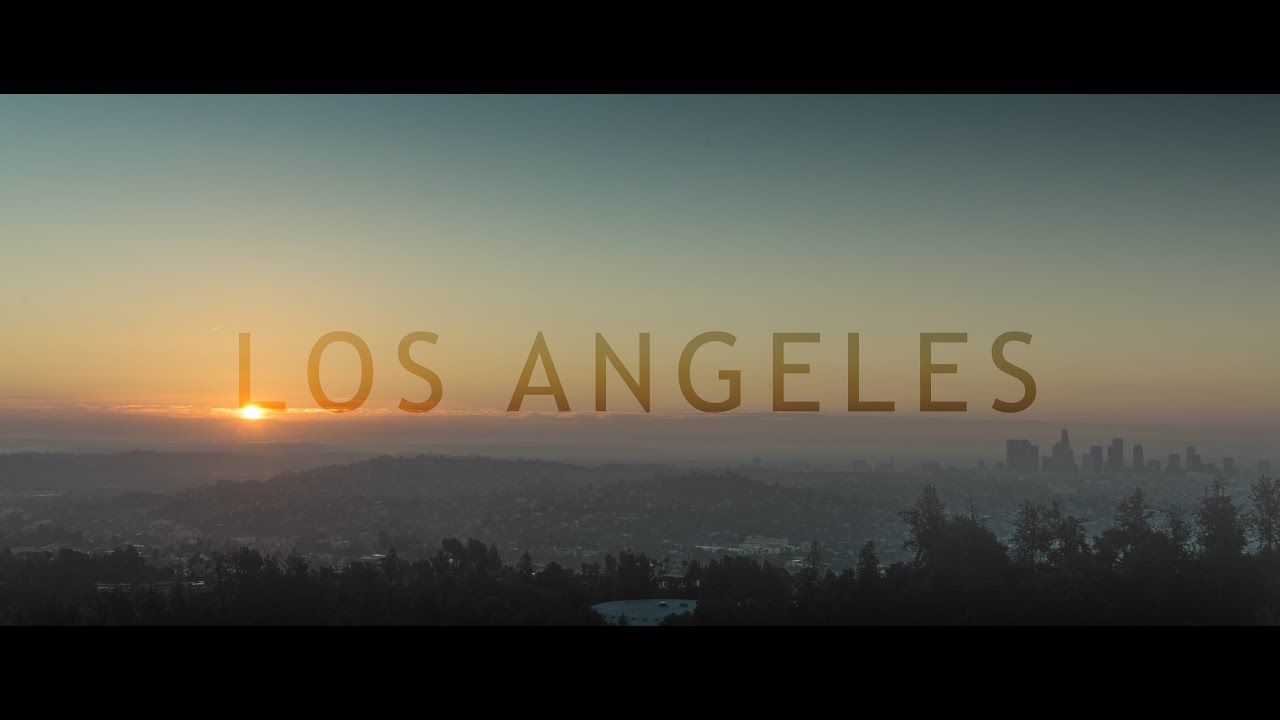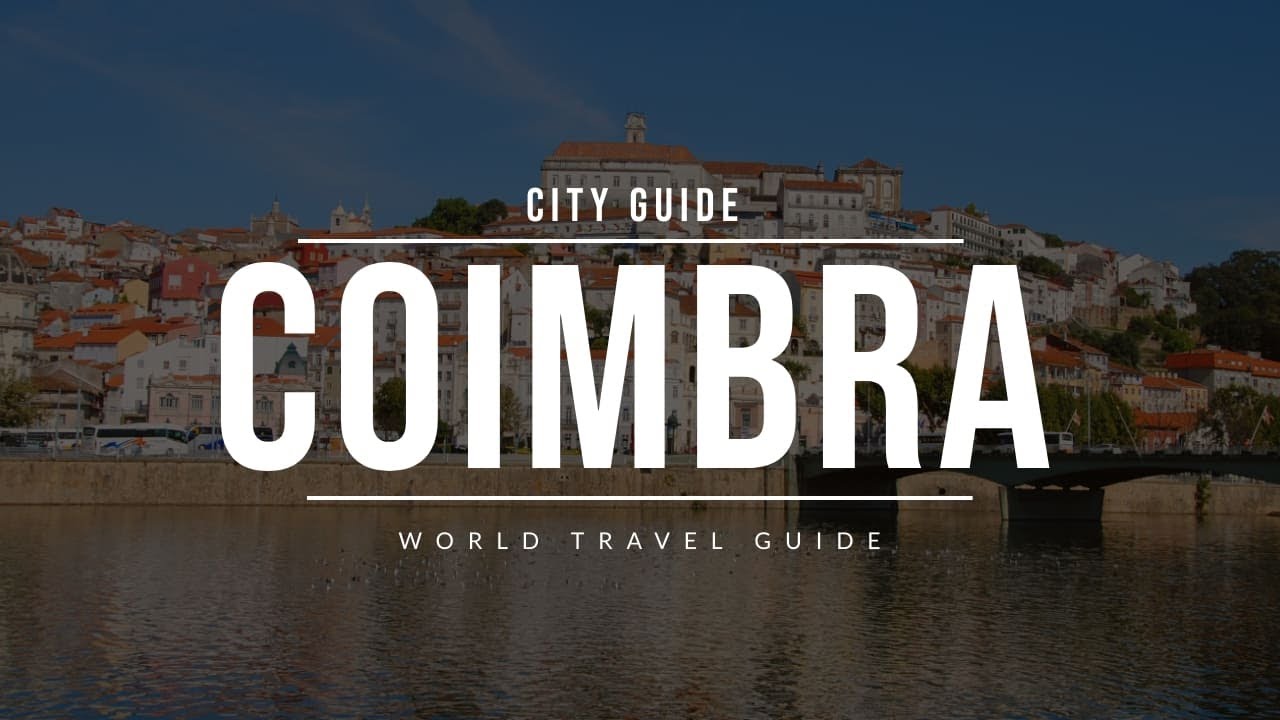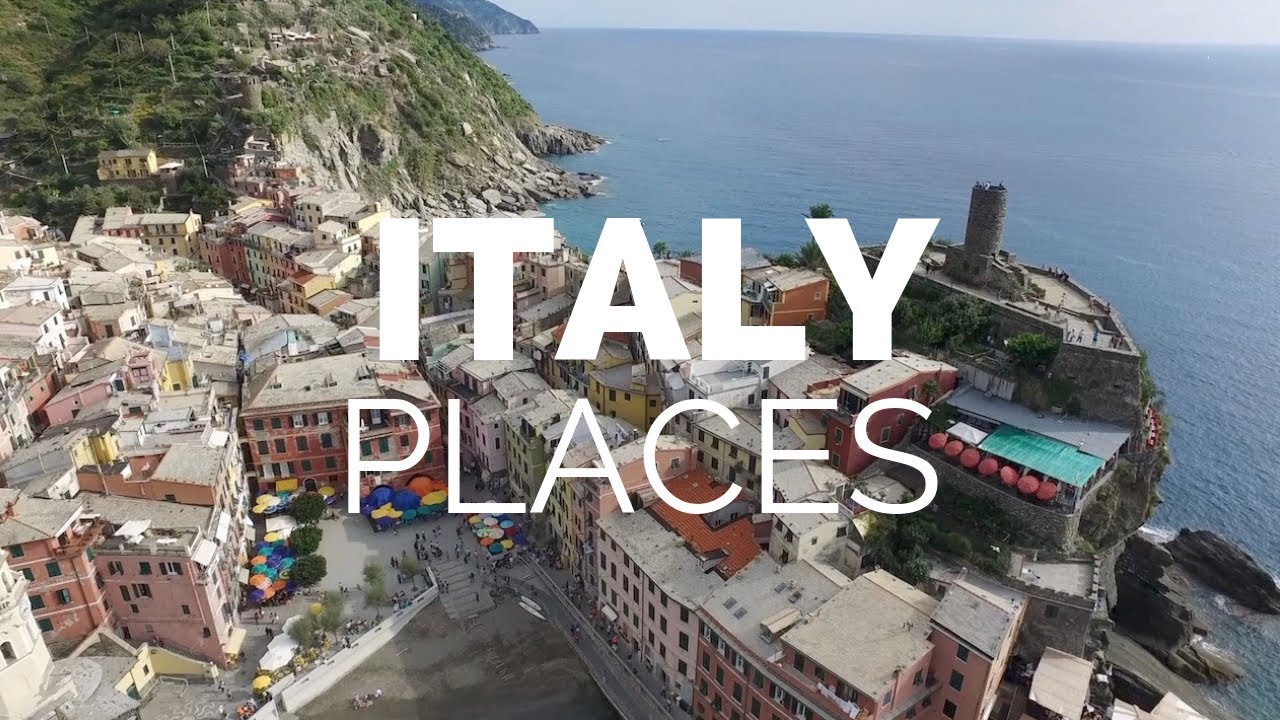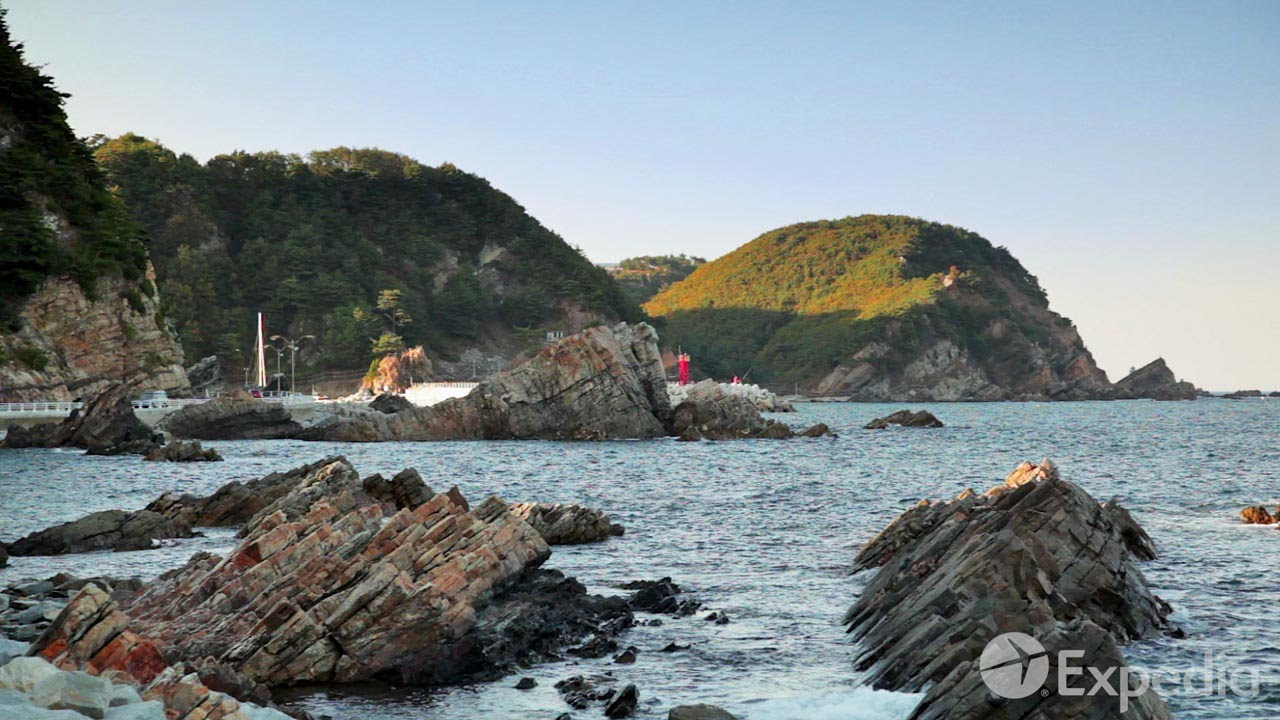Voglia di un viaggio a Milano?
Whereas Rome is Italy’s political and cultural capital, Milan is the country’s industrial and financial heart.
With a 2019 GDP estimated at €207.4 billion, the province of Milan generates approximately 10% of the national GDP; while the economy of the Lombardy region generates approximately 19.5% of Italy’s GDP .
The province of Milan is home to about 45% of businesses in the Lombardy region and more than 8 percent of all businesses in Italy, including three Fortune 500 companies.
Milan is home to many cultural institutions, museums and art galleries, that account for about a tenth of the national total of visitors and receipts.
The Pinacoteca di Brera is one of Milan’s most important art galleries. It contains one of the foremost collections of Italian painting, including masterpieces such as the Brera Madonna by Piero della Francesca.
The Castello Sforzesco hosts numerous art collections and exhibitions, especially statues, ancient arms and furnitures, as well as the Pinacoteca del Castello Sforzesco, with an art collection including Michelangelo‘s last sculpture, the Rondanini Pietà, Andrea Mantegna‘s Trivulzio Madonna and Leonardo da Vinci‘s Codex Trivulzianus manuscript.
The Castello complex also includes The Museum of Ancient Art, The Furniture Museum, The Museum of Musical Instruments and the Applied Arts Collection, The Egyptian and Prehistoric sections of the Archaeological Museum and the Achille Bertarelli Print Collection (Civica Raccolta delle Stampe Bertarelli).
Milan’s figurative art flourished in the Middle Ages, and with the Visconti family being major patrons of the arts, the city became an important centre of Gothic art and architecture (Milan Cathedral being the city’s most formidable work of Gothic architecture). Leonardo worked in Milan from 1482 until 1499.
He was commissioned to paint the Virgin of the Rocks for the Confraternity of the Immaculate Conception and The Last Supper for the monastery of Santa Maria delle Grazie.

